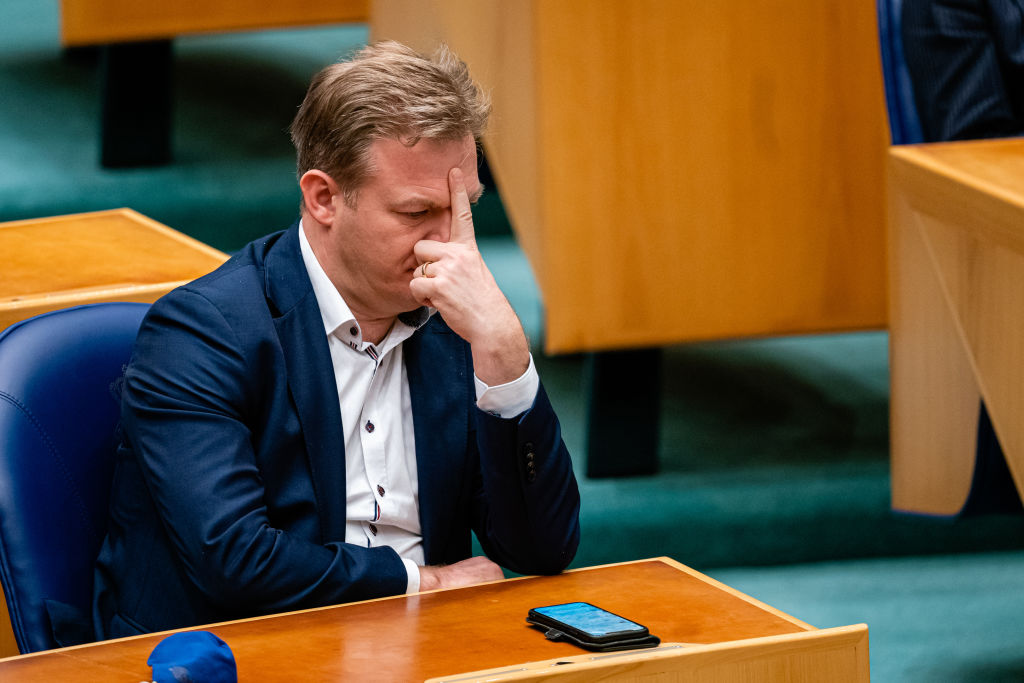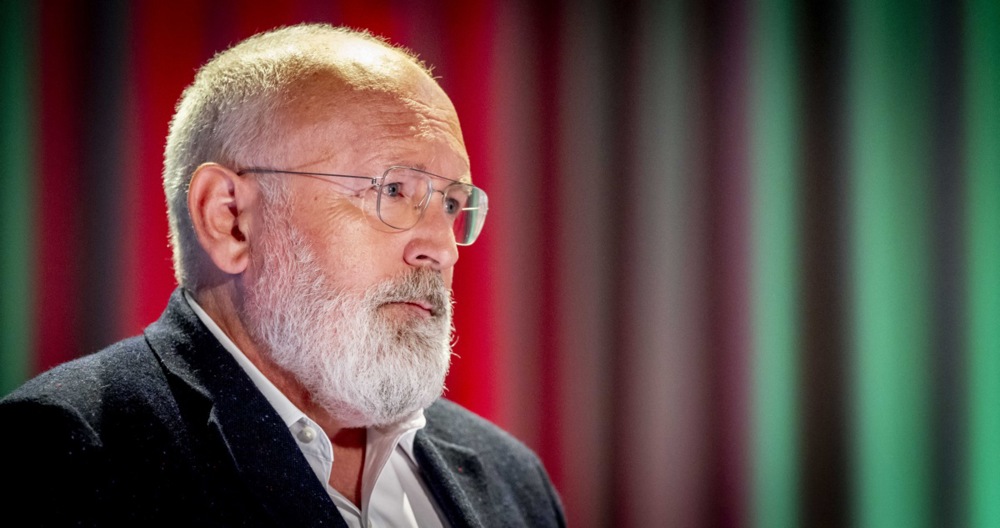In 2022, the Dutch lost 1.2 per cent of their purchasing power – the biggest drop in almost 40 years.
New figures from the Central Statistics Bureau in the Netherlands (CBS) reported high inflation in 2022, driven by surging energy prices, as the main culprit for the fall in average purchasing power.
It also noted that low-income families actually saw their purchasing power improve in that period, thanks to an energy allowance granted by the government to enable them to cover their energy bills.
Without that aid for low-income families, their drop in purchasing power would have ended up at 2.9 per cent, according to CBS – worse than the previous record drop in 1983.
Dutch families saw their income on average go up by 5.5 per cent but that was tempered by inflation of 6.8 per cent.
When analysing purchasing-power trends, the CBS employed a uniform average inflation rate for all households and individuals. In reality, inflation varies among households due to personal spending habits. For example, households with lower incomes allocate a greater portion of their budget to energy expenses compared to those on higher incomes.
Dutch pensioners lost an average of around 3 per cent of their purchasing power. Here, the damage was likewise limited by the energy allowance. If not, the loss would have amounted to 4.4 per cent, the CBS said.
The numbers take the Netherlands back to the early 1980s when the country was in a deep recession after the second oil crisis of 1979. Labour costs were excessively high and international competitiveness deteriorated. At the time, homes lost 30 per cent of their value and mortgage rates were through the roof.
This time around, the economy is in troubled waters after costly COVID-19 pandemic measures, the “greening” of the economy and the war in Ukraine.





